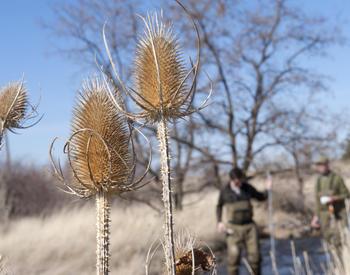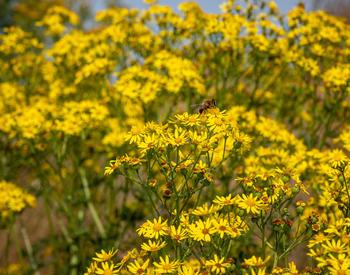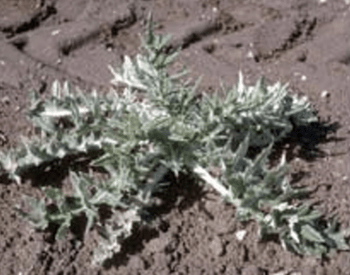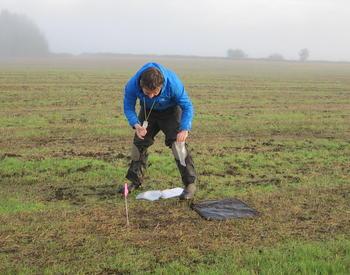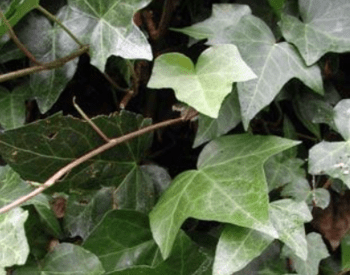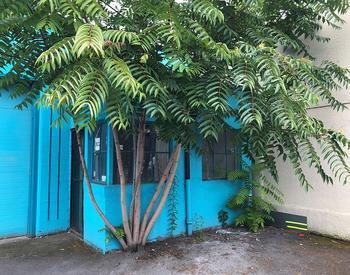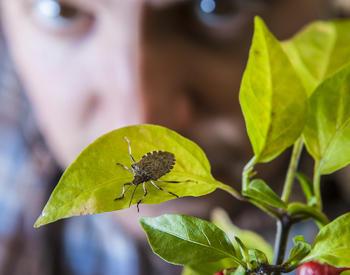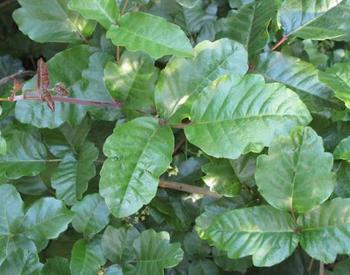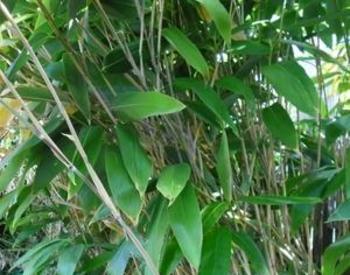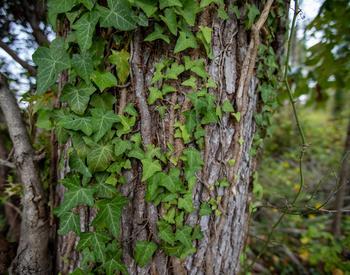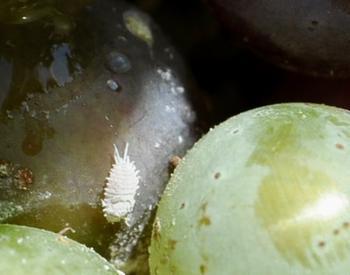CORVALLIS Ore. – If you love to exercise outdoors and take satisfaction from overcoming a challenge, English ivy could become your personal trainer. If you're one of thousands who find it growing in your backyard, your workout won't cost a cent.
English ivy is a hardy, woody, evergreen perennial that needs little light or water once established and can grow either as a groundcover or a vine. Once valued for making buildings look venerable, the European native has more than 400 varieties, which have become nasty interlopers, classified as invasive in the Pacific Northwest and many other areas.
The good news is that it can be contained, and OSU Extension horticulturist Linda McMahan has personal experiences to share on how to do it.
"In a nutshell, you can mow it, discourage it, pull it, whack it down, remove its flowers and fruits and most importantly, keep it from growing into its mature form," she said.
It's critical to get rid of mature ivy when it's ready to reproduce. The leaves change from the classic ivy shape to larger heart shapes, usually when they get to sunlight. Flowers and seeds develop and are eaten by birds, often swallowed whole and deposited in their droppings. The seeds germinate easily and grow quickly.
McMahan moved into a new house last year whose yard was overgrown with ivy. "I couldn't even get inside the gate without pushing through ivy," she said. To get started, she tackled ivy that had taken over her Douglas fir tree, using a method called "Lifesaver," coined by the city of Portland.
The method's results resemble a lifesaver candy, an ivy-free circle around the tree three to five feet away, the tree being the hole in the middle. "The idea is to remove ivy from the base and trunk to give it 'relief' and keep it from reproducing while more complete ivy removal is in progress."
First, cut the ivy vines all the way around the tree at about eye level. Clippers work well for exposing and cutting the small vines. Some vines cut easily with a hand-held pruner; larger vines might require a hand saw. The vines attach to the bark with aerial roots, but with persistence can be peeled away with your hands. (Some people are sensitive to English ivy and can develop a rash. Use caution until you know how your skin reacts.)
"Persistence is the key; growing vines seem to fuse with one another when they overlap, creating quite a strong bond as they get larger," McMahan said.
As you cut the vines, you can sometimes hear a very satisfying "snap" as the tension in the plant's vascular system is released. As you cut, peel the vines downward from the bark. Sometimes this will allow you to snip off the vines at the bottom. As you remove the vines, lay them roots up so the roots dry out and the vine dies.
The ivy that remains on the tree will die within a few months, shriveling and losing leaves and its grip on the rest of the tree.
